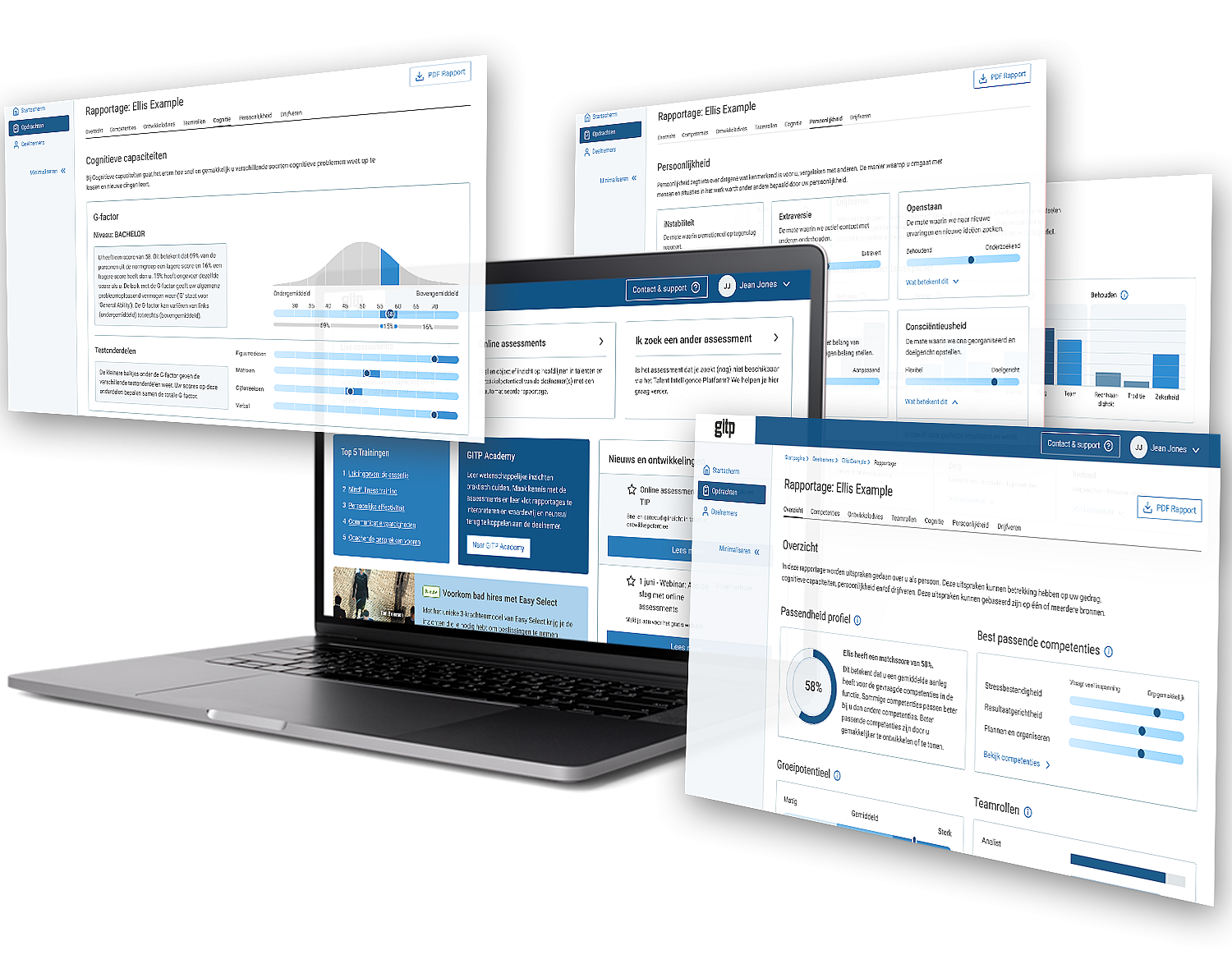
Rijnstate and GITP Tackled The Healthcare Workforce Shortage Through Lateral Entry Program.

With approximately 6,500 employees, Rijnstate plays a prominent role in providing top clinical care in Gelderland. In recent years, Rijnstate has faced increasing staff shortages, a problem also evident nationwide. In March, Conny Helder (Minister for Long-Term Care & Sport) raised the alarm, stating that the shortage of healthcare workers would rise to 56,000 this year. This tight labor market was the starting point for the search, explains Marjolein. “We need more hands-on-deck. Besides recruiting in the traditional way, it’s good to look more broadly. At Rijnstate, we are committed to training and development. Thus, a lateral entry program is a logical step.”
Solving a Social Problem
For this lateral entry program, Rijnstate enlisted the help of GITP. When asked if they are satisfied with the pilot’s progress so far, the answer is a resounding ‘yes’. “What we have accomplished together with the involved partners is something we are very proud of,” says Marjolein. “The collaboration with educational institutions and GITP is very pleasant. We are truly doing this together. And contributing to solving a social problem is an added bonus.”
However, Cassandra’s vision extends beyond a successful pilot. “Having sixteen people – spread over two teams – start working with us is a wonderful beginning, but I hope we can secure and continue this beyond September.” She also sees opportunities outside Rijnstate, advocating for more regional cooperation. “This is so important in healthcare, especially with these shortages. Such pilots can also be successful in nursing homes and other hospitals. I will be truly satisfied when all 90 applicants have secured a place in the healthcare sector, whether with us or elsewhere.”
High Interest
From the start, it was clear there was significant interest in the program. However, receiving ninety applications within two weeks was a big surprise for both managers. “We didn’t expect that,” says Cassandra. The group of applicants included people already working in healthcare wanting to advance and career-switchers. Marjolein notes, “There are plenty of people who want to work in healthcare if they can follow the right path.”
Selection Process
Before anyone could actually start, a selection process was necessary, where GITP played a crucial role. The selection process roughly consisted of a speed dating session during an information meeting, a day of shadowing, an individual interview, and an assessment. GITP was brought in for the assessment component. “Rijnstate and GITP have collaborated in various areas for a long time, so it was logical to involve them in this as well,” explains Cassandra. “Our HR department assessed whether they were the most suitable party for this task, and they were. They truly added value in this selection process.”
GITP Assessment Encourages Learning Mode
What has the collaboration with GITP concretely delivered to the hospital in this project? Cassandra explains that the assessment was a crucial part of the selection process. “An assessment puts someone in a learning mode and gives us a more complete picture of the person and their potential development within the organization. It’s a piece of risk assessment that is important for both parties.” Someone who fails the assessment cannot continue in the program. Marjolein adds, “The assessment tests not only certain cognitive skills but also personality traits. For our fields, we need a specific type of person. Such a test is immensely helpful in gaining that insight. It also gives candidates insight into their development potential and whether the step towards nursing training can be successful.”
Second Chance
Now halfway through the pilot, the first lateral entrants are already on the work floor. “The group started in February, and a second batch will follow in September!” Cassandra says enthusiastically. Candidates with sufficient potential who were previously rejected due to full training slots will get another chance. “We have a huge pool of interested candidates to draw from.”
Pleasant Collaboration
Throughout the pilot phase, both team managers are learning from all experiences. “We continuously check if theory and practice align and gather feedback from our students. We also reviewed the collective agreement and employment conditions in preparation for September,” says Cassandra. She describes the collaboration with GITP as a ‘pleasant partnership’. “GITP is very open and approachable, which suits a lateral entry program.” Marjolein agrees and adds, “When starting something new, it’s nice to explore together and really experience it that way.”
Ask one of our consultants. We're here to help! Call 088 448 70 00 or schedule a consultation.



